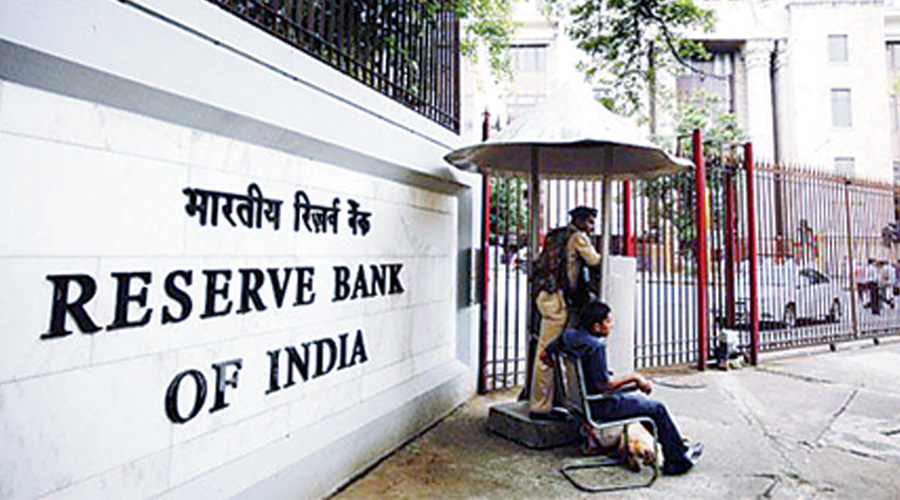The Reserve Bank of India on Wednesday cracked open its balance sheet to open a new battle front in its war against runaway bond yields after its monetary policy wonks decided to hold rates and continue with its accommodative stance for as long as it takes to ensure that India’s economic recovery is “well secured”.
The decision to hold rates had been widely anticipated by the markets. But the big surprise was the move to implement the explicit asset acquisition strategy — mimicking the actions of central banks in advanced economies — that involves an upfront commitment to purchase government securities, called gilts, worth Rs 1 lakh crore from the secondary market in the first quarter (April-June).
“We have decided to put in place what is termed as a secondary market G-sec acquisition programme or G-SAP 1.0... The first purchase of government securities for an aggregate amount of Rs 25,000 crore under G-SAP 1.0 will be conducted on April 15,” RBI governor Shaktikanta Das said.
“This is the first time that the RBI is committing its balance sheet to the conduct of monetary policy. This has never happened before. The move is designed to provide an explicit assurance to markets; this is a challenging instrument that comes with risks and things can go awry. But this is the risk that the RBI has taken,” deputy governor Michael Patra said in a post-policy interaction with reporters.
The G-SAP 1.0 will run alongside other interventionist bond purchase programmes that the RBI operates under its liquidity adjustment facility (LAF), longer-term repo/reverse repo auctions, forex operations and open market operations (OMOs), including the so-called Operation Twist where the central bank buys long-dated securities and sell short-maturity instruments in an effort to smoothen the bond yield curve.
Until now, the RBI’s bond purchases have been imbued with a spirit of ad hocism, largely dictated by developments in the money market. This is the first baby step towards a more formal bond buying programme, rather like the US Federal Reserve’s asset purchase programme under which it buys $80 billion of treasury securities and agency mortgage-backed securities worth $40 billion every month.
The RBI’s asset purchase programme will be modest in comparison at roughly $4.5 billion a month at current exchange rates in the first quarter. It will, however, swell the size of the RBI’s balance sheet — which amounted to Rs 53.3 lakh crore in 2019-20 — with much depending on the intensity of the asset purchase programme in the subsequent quarters.
The money market mavens have been urging the central bank to become a little more pro-active and transparent with its bond buying plans.
“In an OMO situation, there is a lot of guessing about how much bonds will be pumped into the market. This will provide a very explicit idea about how much bonds will come into the market,” Patra added but chose not to amplify on the risks that this may involve.
The RBI’s announcement had an immediate impact on bond yields with the yield on the 10-year bond cooling to 6.08 per cent — a fall of 10 basis points from its intra-day high.
The central bank has been concerned about rising bond yields and the impact that this might have on policy rate transmission.
Banks have been tardy in bringing down lending rates in lock step with the repo rate reductions during the past year. Last year, the 10-year bond yield had softened to 5.89 per cent during the October-December quarter but then rebounded in February, sparking concerns on Mint Street.
Last month, while reviewing the state of the economy in the RBI bulletin for March, deputy governor Patra had voiced concerns over the actions of bond vigilantes who have a vested interest in keep yields high.
"The Reserve Bank is striving to ensure an orderly evolution of the yield curve, but it takes two to tango and forestall a tandav," he wrote while warning that the bond vigilantes could undermine the recovery, unsettle financial markets and trigger capital outflows from emerging markets like India.











